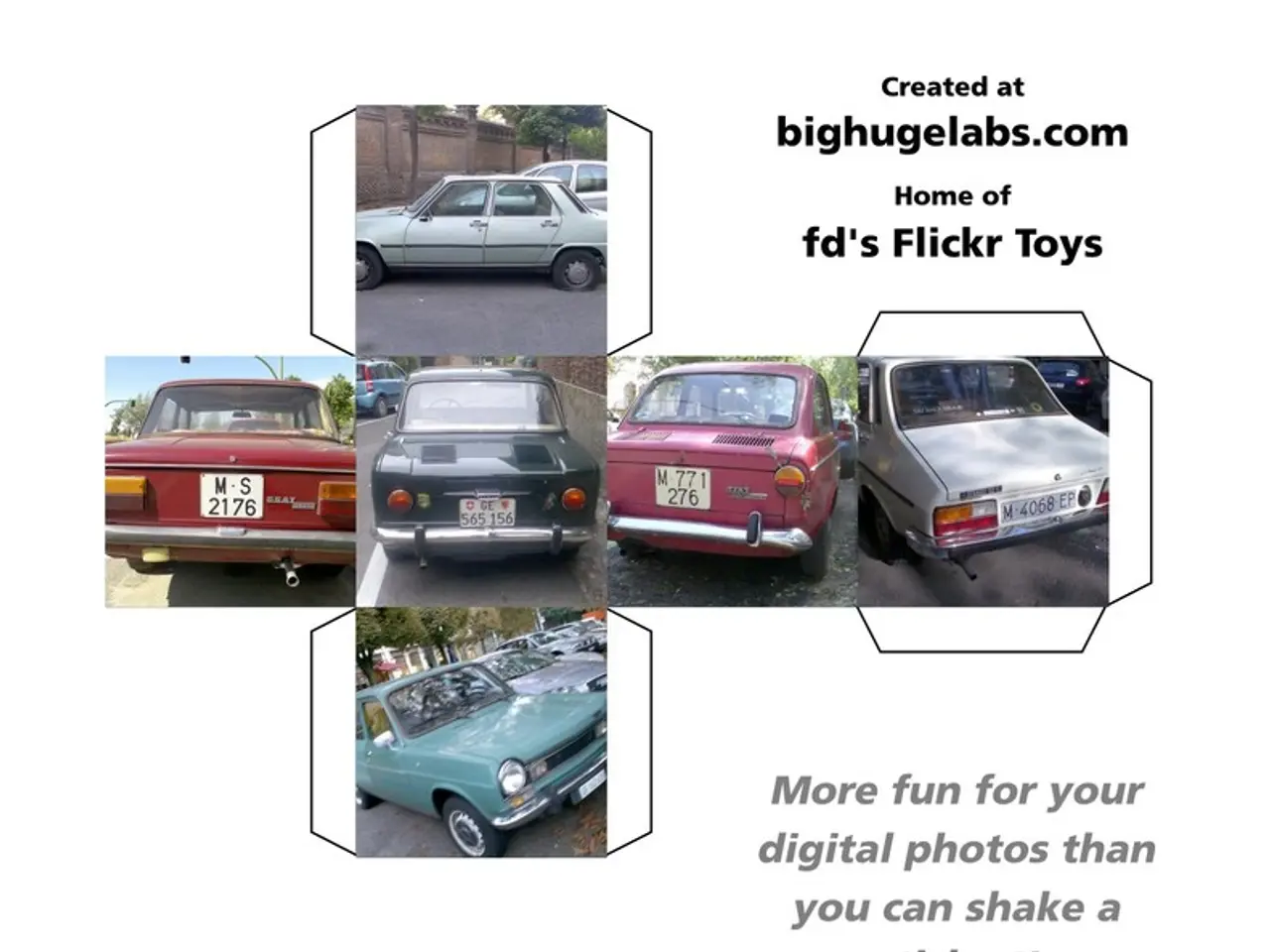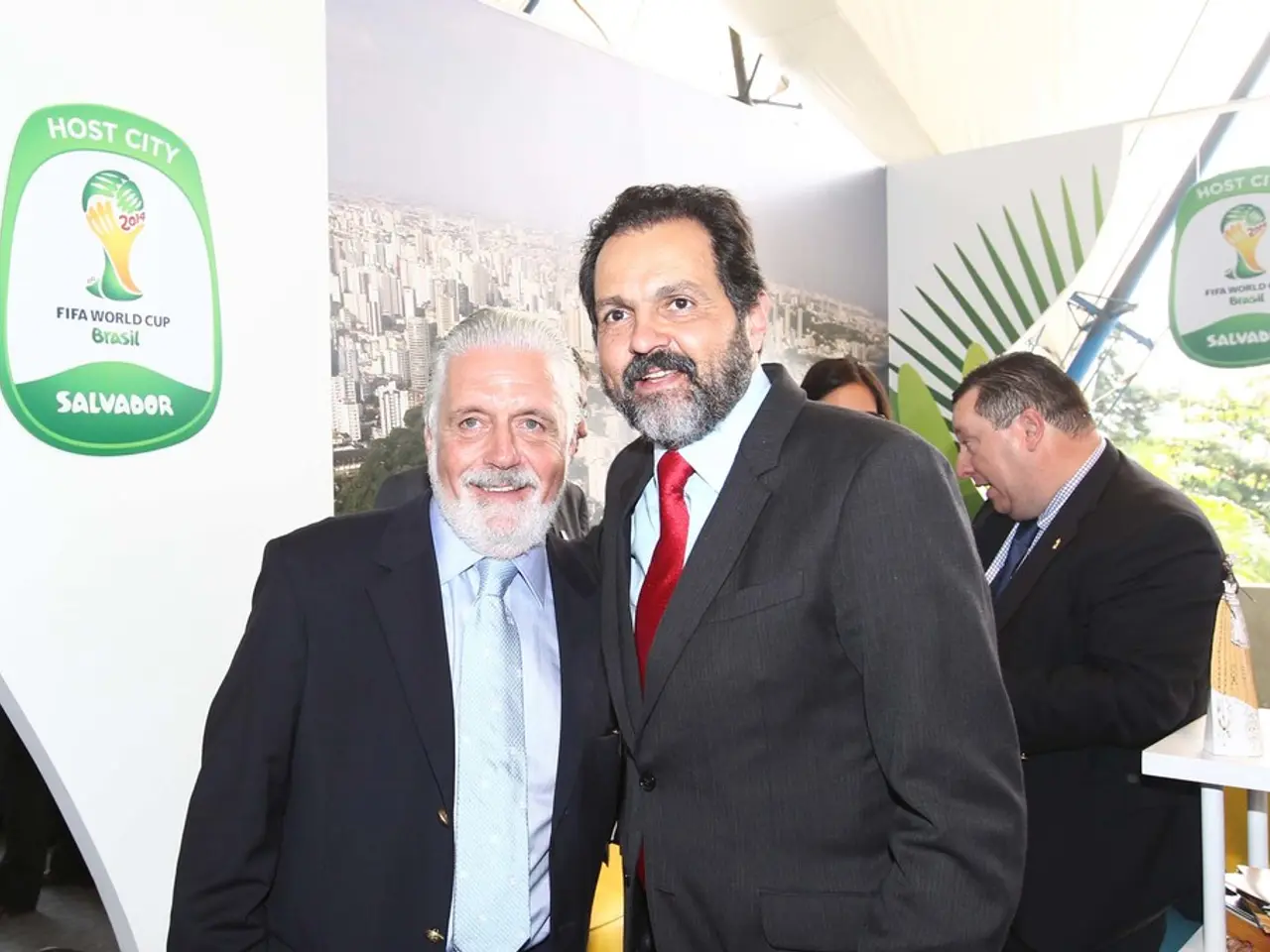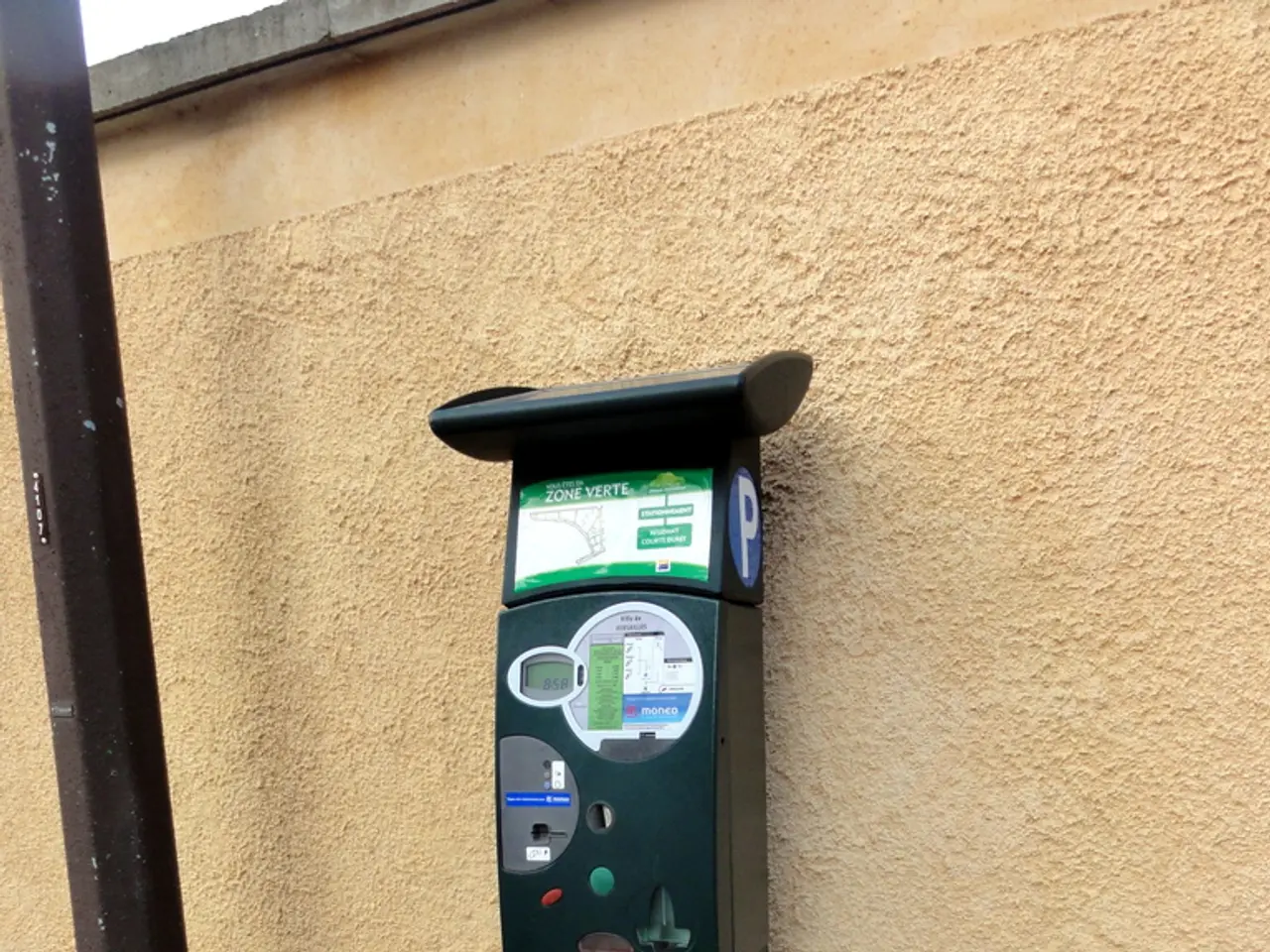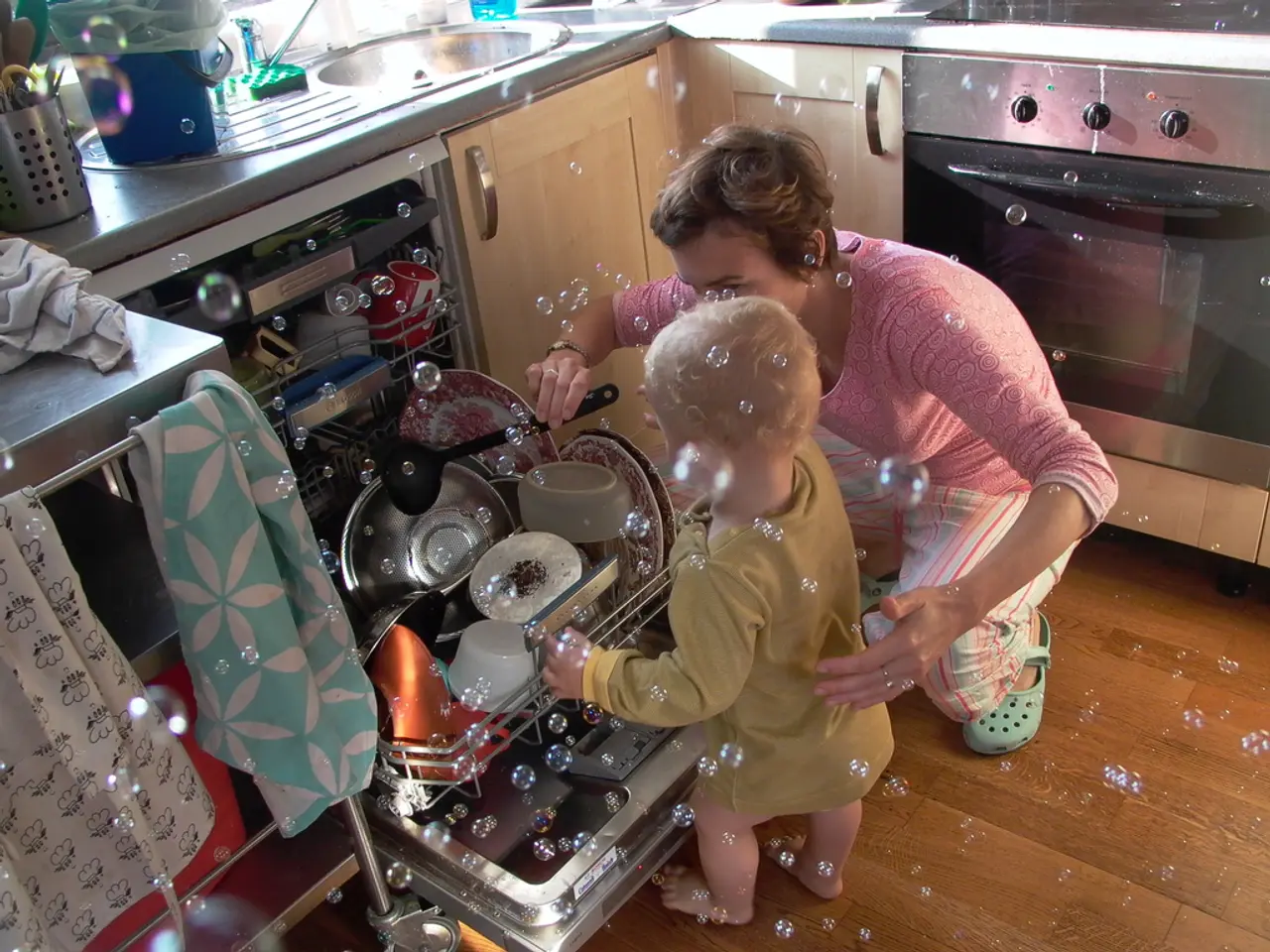Frustrating Freeway: Why's the Other Lane Always Ahead?
Traffic enigma: Mysteriously, the opposing lane in congestion inexplicably accelerates.
Dealing with gridlock is like having a carversion of Groundhog Day—the same nerve-wracking repetition. And, that's exactly what traffic jam researcher, Michael Schreckenberg, points out.
** Lane Swapping: A Psychological Gamble**
"It's a common illusion that the other lane is always moving faster. That's because the vehicles that pass us linger in our minds," Schreckenberg explains. As the cars we've left behind fade away, it's the ones in front that leave a lasting impression.
This cognitive bias, Schreckenberg notes, leads to reckless lane switching in an attempt to even the score. Research supports this behavior, revealing drivers in jams perceive they are passed by twice as many vehicles as they pass themselves. The desire to rectify this perceived imbalance drives the need to change lanes.
Do Lane Swaps Make Things Worse?
Two things occur when drivers engage in this cat-and-mouse game:
- The advantage of a faster lane is quickly negated by lane changes, creating a constant see-saw effect.
- By swapping lanes, we create waves of traffic. As one car switches lanes, it forces the subsequent cars to slow down or adjust speed, creating a domino effect.
Interestingly, drivers rarely acknowledge their role in creating these traffic waves. They focus solely on the vehicles in front of them, oblivious to how their actions affect others.
Stay Put, Stick It Out
So, is it better to pick a lane from the get-go and stick to it? According to Schreckenberg, it is. Changing lanes can worsen overall traffic flow and create an unnecessary feeding frenzy for lanes that may not even be congested.
Take, for example, a construction site on the motorway. Even though one lane is moving slower, often, the following lane remains underutilized due to the frantic lane-switching at its entrance. If drivers could cooperate and merge smoothly, congestion could be significantly reduced.
About the Expert:Germany’s foremost traffic expert, Professor Michael Schreckenberg is a renowned physicist who holds the chair of "Physics of Transport and Traffic" at the University of Duisburg-Essen. His research delves into improving traffic flow, bringing physics and psychology into the picture. While traffic jams are often viewed as a physical phenomenon, he insists, "Psychology plays a key role."
References:- ntv.de- Tom Nebe- dpa
- Traffic Flow
- Psychology
- Behavior
- Merging
- Congestion
- Travel
- Road Safety
[1] Drivers changing lanes in traffic jams can create waves of slowdown and increase the number of near-misses.[2] Blocking or hogging lanes can worsen traffic congestion by hindering overtaking and smooth lane changes.[3] Drivers must signal lane changes properly and use their mirrors effectively to maintain safe and orderly traffic flow.[4] Lane swapping can lead to temporary traffic bottlenecks as drivers adjust to each other's movements.[5] A collective effect of frequent lane changes in heavy congestion usually leads to slower overall traffic flow and increased likelihood of accidents.
- The employment policy within various communities, industries such as transportation, and lifestyle sectors should address the psychological factors influencing lane swapping during traffic jams to improve road safety and overall traffic flow.
- The finance sector could collaborate with transportation authorities to invest in promoting awareness campaigns about the impact of Lane swapping on traffic flow, encouraging drivers to exercise patience and proper lane etiquette, thus reducing congestion and near-misses.
- The car industry could consider designing vehicles with technology that incorporates Schreckenberg's findings, helping drivers make informed decisions about lane selection and minimizing the need for reckless lane swaps.




